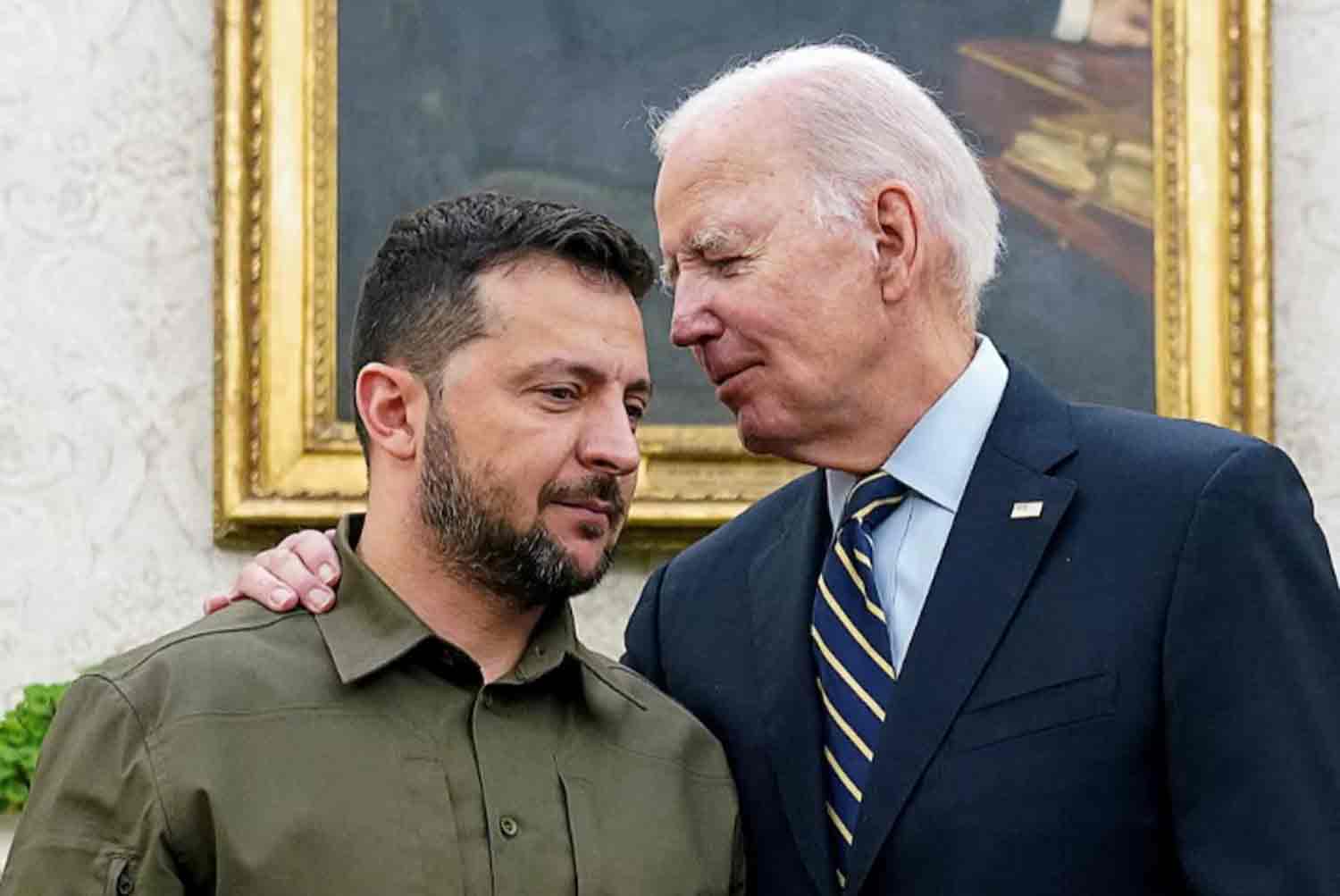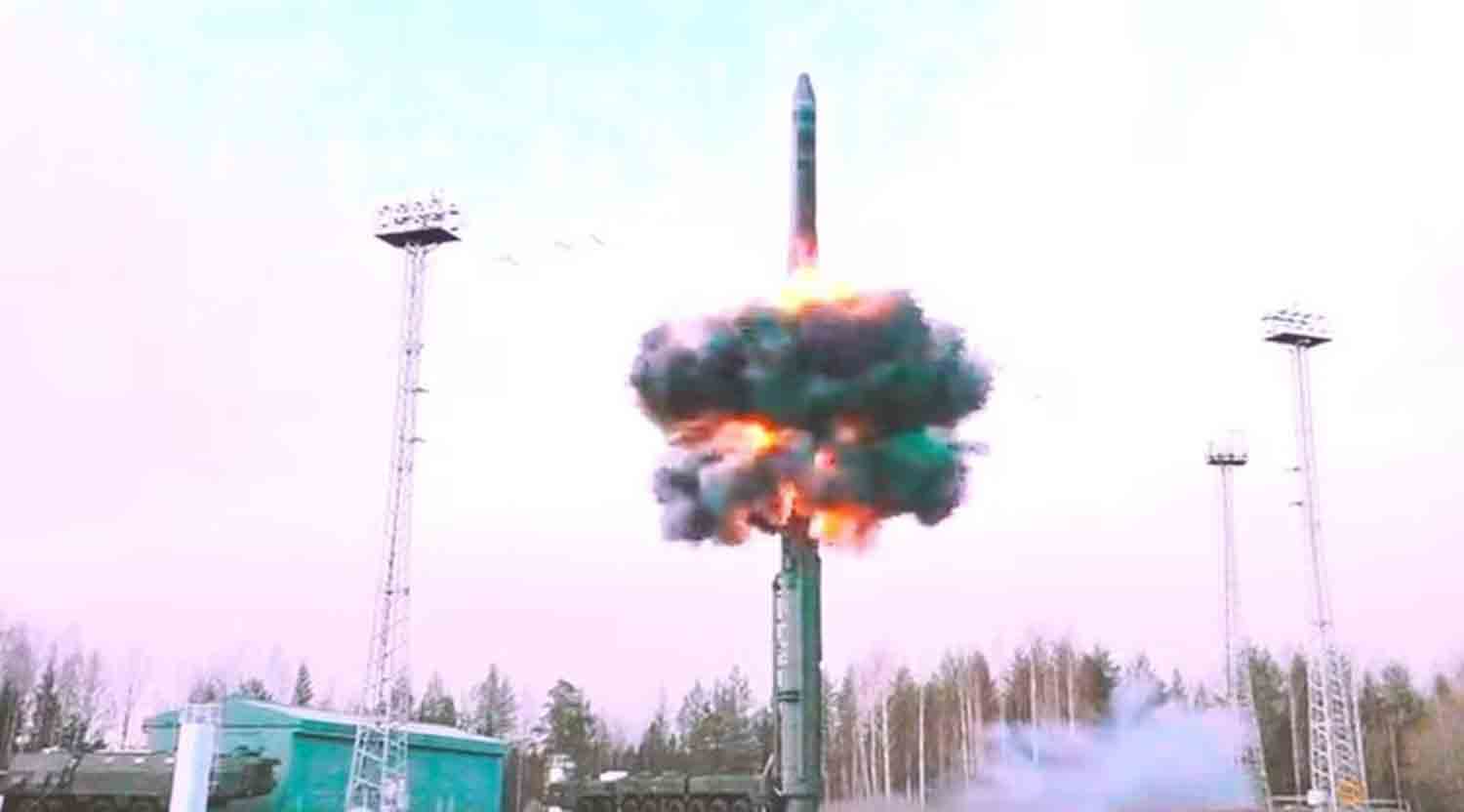The U.S. decision to permit long-range strikes by Ukraine could bolster Kyiv’s position in the Kursk region of Russia, which it has captured as a bargaining chip in potential peace negotiations. However, analysts caution that this move may arrive too late to significantly alter the trajectory of the conflict.
In a significant policy shift just two months before his term ends, President Joe Biden removed certain restrictions that had previously prevented Ukraine from utilizing U.S.-provided weaponry for deeper strikes into Russian territory, as reported by Reuters on Sunday.
Military experts indicate that the effectiveness of this decision on the battlefield, where Ukraine has faced challenges for several months, will largely depend on any remaining limitations. While this change may strengthen Ukraine’s operations in Kursk, it is unlikely to serve as a decisive factor in the broader conflict.
“The timing of this decision is unfortunate, and similar past decisions suggest it may not be sufficient to meaningfully alter the dynamics of the fighting,” stated Michael Kofman, a senior fellow at the Carnegie Endowment for International Peace in Washington.
Long-range strikes have always been a crucial element of the overall strategy and have been burdened with excessive expectations throughout this conflict.
The duration of the new policy remains uncertain. Richard Grenell, a key foreign policy advisor to incoming president Donald Trump, who will take office on January 20, has criticized it. Trump has consistently questioned the extent of U.S. aid to Ukraine and has promised to bring a swift resolution to the war, though he has not specified how he intends to achieve this. A spokesperson for Trump did not provide an immediate response to a request for comment.
For months, Ukraine has advocated for this change, contending that its inability to target locations within Russia, particularly military airbases housing warplanes involved in attacks on Ukraine, has significantly hindered its efforts.
Russian forces, which have maintained an offensive for over a year, are currently advancing at their fastest pace since 2022 in eastern Ukraine, while also applying pressure in the northeast and southeast regions.
Lithuanian Foreign Minister Gabrielius Landsbergis expressed caution, stating he was “not opening champagne just yet,” as the exact number of rockets available to Ukraine remains uncertain, along with their potential impact on the battlefield.
The decision to permit strikes, following months of advocacy from Ukraine, reflects a recurring theme throughout the conflict, where the Biden administration has sought to balance its support for Ukraine with concerns over escalation.
Washington previously hesitated for several months before agreeing to supply Ukraine with long-range missiles, tanks, and aircraft. Some military analysts argue that these delays allowed Moscow to regroup from initial setbacks and strengthen its defenses in occupied areas, which contributed to the unsuccessful major Ukrainian counteroffensive last year.
UKRAINE UNDER PRESSURE
The capability to strike Russian territory with missiles could significantly affect the situation in Kursk, where Ukraine aims to maintain a salient captured during its initial major cross-border operation in August. Control over Russian land may serve as leverage in any future negotiations, particularly if Trump returns to the White House.
Kyiv reports that Russia has amassed 50,000 troops to attempt to reclaim the Kursk territory and has deployed 11,000 North Koreans, some of whom are reportedly engaged in combat. Russia has not confirmed or denied this deployment.
ATACMS missiles pose a significant threat to high-value targets in Russia and North Korea, which could assist Ukrainian forces in defending the Kursk salient, currently facing intense pressure, according to Kofman.
Rob Lee, a senior fellow at the Foreign Policy Research Institute in Philadelphia, noted that maintaining a stronghold in Kursk would be challenging for Ukraine in the long run, with success largely hinging on available resources.
“Ukraine has deployed some of its most capable units to this area, so they might be able to sustain their position for a while if they continue to receive sufficient ammunition and troop reinforcements,” he stated.
France and Britain have yet to clarify whether they will follow the U.S. lead in permitting Ukraine to utilize Storm Shadow/SCALP cruise missiles, which have a range of 250 km (155 miles).
“Russia has the capability to intercept both Storm Shadow and ATACMS, making the number of missiles launched a critical factor,” Lee emphasized.
In Kyiv on Monday, the prevailing sentiment was that while the decision would be beneficial, it had come too late. “This should have been implemented either as a preventive strategy or as a decisive response back in February or March 2022. Now, it doesn’t have a significant impact,” remarked 21-year-old Olga Korovyachuk.
Discover more from Defence Talks | Defense News Hub, Military Updates, Security Insights
Subscribe to get the latest posts sent to your email.





